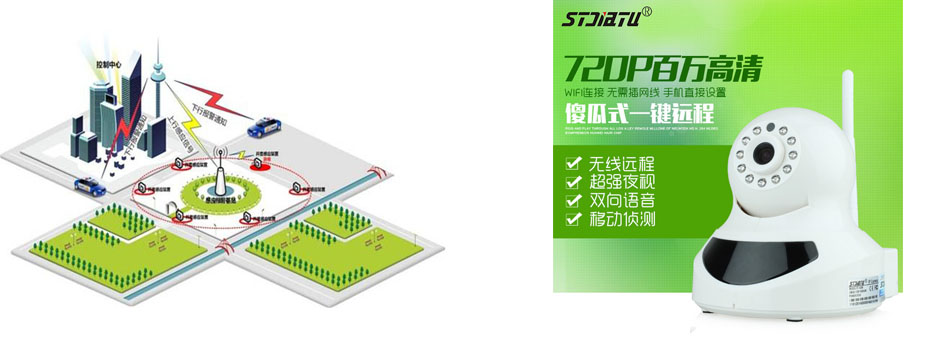那么免聯(lián)網(wǎng)的智能家居,是怎么做到識別我們說的話,然后按照我們的指令完成特定動作的?
So how does the Internet free smart home recognize what we say and then complete specific actions according to our instructions?
其實這都要歸功于離線語音識別技術(shù)。離線語音識別同樣運用深度學(xué)習(xí)等技術(shù),只需在本地進(jìn)行運算實現(xiàn)人機語音交互,具備離線識別、實時響應(yīng)等特點。
In fact, this is due to off-line speech recognition technology. Offline speech recognition also uses deep learning and other technologies. It only needs local operation to realize human-computer speech interaction. It has the characteristics of offline recognition, real-time response and so on.
對于離線語音而言,由于其指令相對固定,因此只需對語音指令集進(jìn)行處理,這對于離線語音識別IC的處理能力要求并不高。
For offline speech, because its instructions are relatively fixed, it only needs to process the speech instruction set, which does not require high processing capacity for offline speech recognition IC.
但這并不意味著離線語音識別是一件非常容易的技術(shù),在實際使用過程中,因識別距離、環(huán)境噪音、口音等因素,都會大大影響語音的識別率。
However, this does not mean that off-line speech recognition is a very easy technology. In the actual use process, the recognition rate will be greatly affected by recognition distance, environmental noise, accent and other factors.

